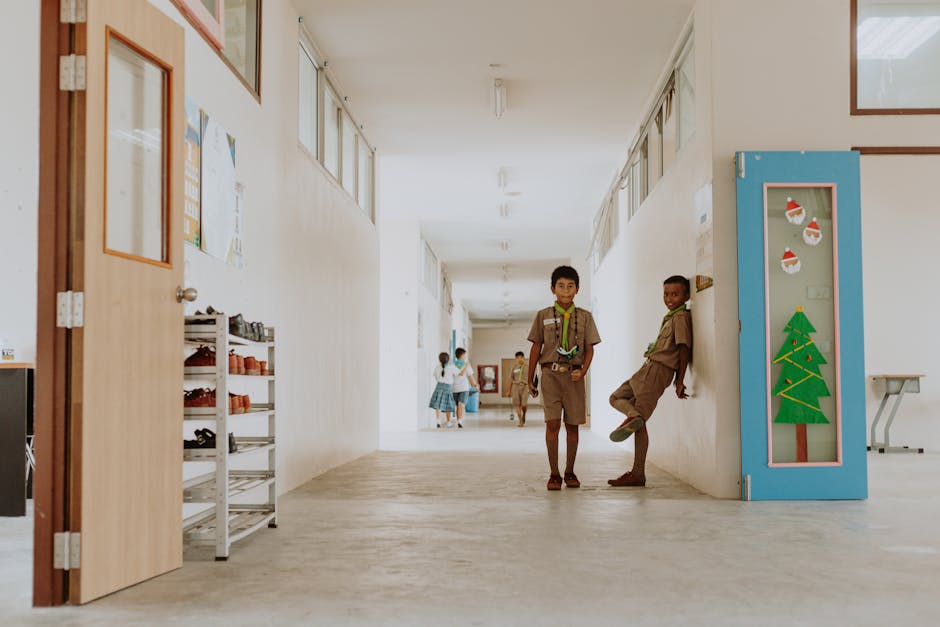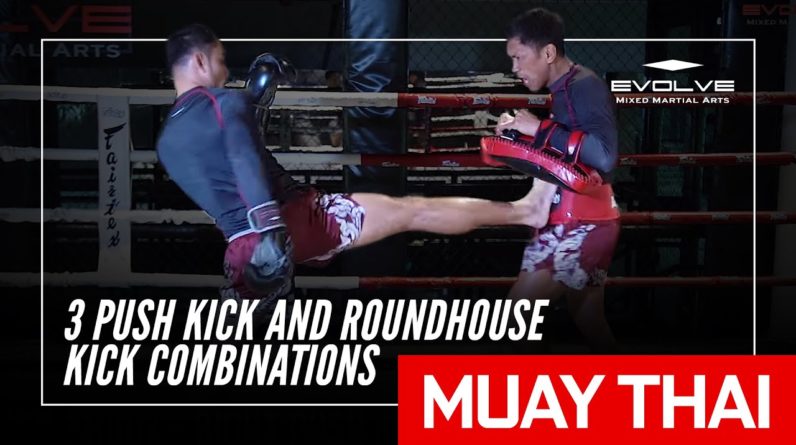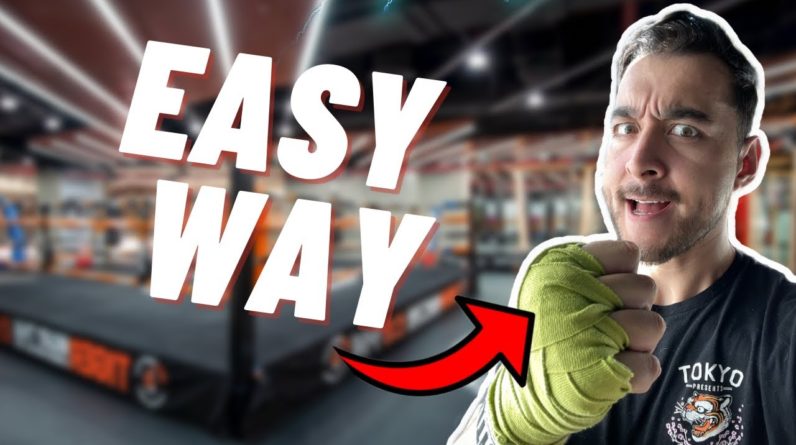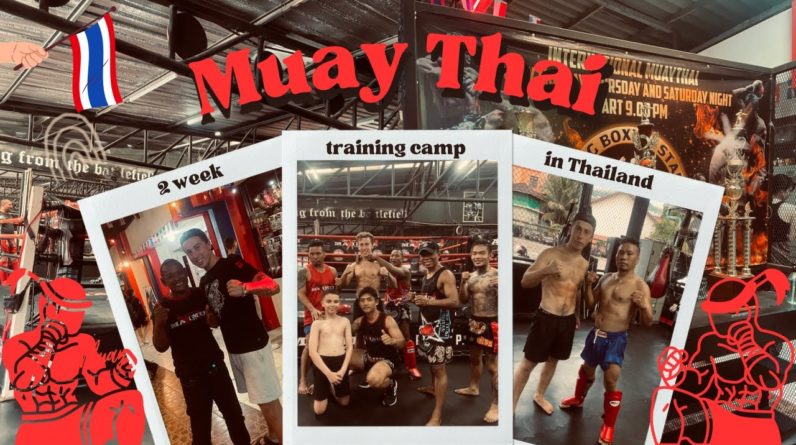consider this accepted best practice is only the best so far welcome to the heavy hitters podcast helping ambitious fighters and coaches take their game to the next level by bridging the gap between strength and conditioning performance science and muay thai and here is your host don hedrick in his book rebel ideas matthew syed discusses what we accept as best practice it makes sense that if there's a way of doing things that prove superior that everyone should adopt it but it's also important to realize that the accepted best practice is only the best so far if an alternative method is proven to give us superior results then the status quo best practice should be amended best practice should evolve through time in a rational evidence-based way for me this is clearly reflected in muay thai training we should balance the proven aspects of traditional muay thai training with the proven aspects of athletic performance research when i first published my website i wrote the tagline respecting the traditional embracing the new and i believe in this more than ever we must use the power of best practice without allowing it to inadvertently stifle progress as we continue to learn more about human performance best practice has to evolve traditional was best practice and there's huge value in that but we mustn't allow this to prevent us from taking what's been collectively learned and applying it to level up best practice even further muay thai training in thailand is increasingly taken on board these points but the culture the social structure and the economics make it slow progress on this front coaching fighters online i'm constantly working to dial up the parts of their training that are proven to accelerate muay thai performance while dialing down or eliminating the areas that aren't this means confronting some of the assumed best practices originating from the echo chamber in thailand and those invested in duplicating traditional thai training in the west for example let's look at training volume the quantity of training that a fighter does in thailand fighters train full time twice a day six days a week that's plenty of time to spend on even inefficient training and still make fighters better the ones you don't break with too much training though of course but then traditional thai training is designed to filter out the fighters that aren't genetically robust enough to tolerate the high volume of training without getting ill or injured and don't confuse genetic robustness with greater athletic or technical and tactical muay thai ability muay thai fights are typically about 15 minutes work if you retire a fighter through overuse injuries and an inability to tolerate training sessions of over an hour then you're losing talented fighters that could dominate in the sport if their training was managed better if your only gauge of productive training is to work harder and work longer you hit a glass ceiling and one that sees fighters plateau and stop improving or broken and tossed out into the boneyard and even worse for those broken by the system not in a fight they're probably labelled lazy by their coaches too who don't appreciate that it was poor planning and mismanaged training that killed the fighter off not a lack of heart and not a lack of technical ability however if training instead goes after specific technical tactical physical and psychological improvements with a laser focus fighters continue to progress while investing much less time wasting far less energy and with much less wear and tear the key is to break training into respective overlapping elements of muay thai technical and tactical training resistance training for explosive neuromuscular performance and injury reduction and cardio conditioning to boost relentless energy supply and utilization all of which is designed to overcome your opponent in a muay thai fight and it doesn't mean changing a whole lot it means swapping out between two three hours a week of surplus training from a typical thailand training model and replacing it with two resistance training sessions and between one to three cardio sessions that's it and this is supplemental training muay thai is your priority we just remove the filler and replace it with training that plugs the gaps that are left in athletic development by the muay thai training you keep all the good stuff and you swap out the wasteful stuff and as current practice continues to evolve we continue to filter for what's wasteful and what's effective even within my time in muay thai the serious consideration of scientific strength and conditioning in a fighters training has changed considerably over the last 26 years or so best practice is evolving and i'm pleased to see such a traditional discipline as muay thai increasingly taking human performance science on board and without screwing up the traditional aspects of muay thai and its training for me this is vitally important we mustn't lose respect for the traditional while we're embracing the new thanks for listening if you found this valuable please like subscribe and share with someone else it could help too please give the podcast a review or comment below we'd love to hear from you as always you can visit hetrick.com for more muay thai performance podcasts videos articles and guides catch you next time [Music]








